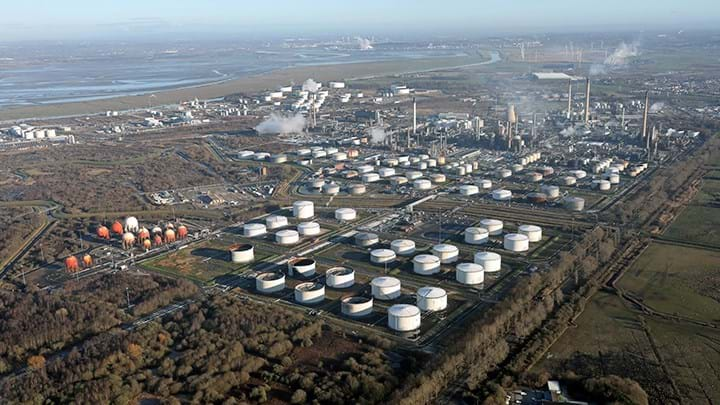New funding announced for UK decarbonisation projects

THE UK’s Department for Business, Energy and Industrial Strategy (BEIS) has awarded around £90m (US$114m) in funding to help decarbonise homes and industry, which includes funding for five demonstration phase hydrogen projects.
The funding will be divided, with £20m used to cut household emissions through local “smart energy” projects which will power homes through renewable sources, and £70m going to industry.
Out of this, £22m will go to UK Research and Innovation (UKRI) research funding for decarbonising industry, and £28m will be awarded to five hydrogen projects. This includes £2.7m to Pale Blue Dot Energy, which is developing the Acorn CCS and hydrogen project at St Fergus gas terminal, Scotland. The funding will be used for 13 months of engineering studies to progress the plans for the project. The project aims to reform North Sea natural gas into hydrogen while capturing and storing the CO2. It will take advantage of existing oil and gas infrastructure.
Sam Gomersall, Pale Blue Dot Energy Commercial Director said Acorn aims to inject hydrogen into the gas grid beginning in 2025: “Blending as little as 2% hydrogen into the National Transmission System would remove 400,000 t of CO2 per year from the energy system, and that is just the starting point with an ambition to decarbonise all the natural gas flowing through St Fergus.”
A further £7.5m has been awarded to the Low Carbon Hydrogen plant at Essar Oil UK’s Stanlow refinery in Ellesmere Port, part of the HyNet project. Led by Progressive Energy, the project will use Johnson Matthey’s low carbon hydrogen (LCH) technology, which includes carbon capture, and will be capable of producing 3 TWh of hydrogen. The plant will have a 95% CO2 capture rate and will capture 600,000 t/y.
Robert MacLeod, Chief Executive, Johnson Matthey said: “In our innovative Low Carbon Hydrogen process, we’ve applied well proven JM technology from other sectors to enable the cost-effective deployment of large-scale efficient hydrogen production.”
Mark Wilson, Chief Executive Officer, Essar Oil UK said: “The construction of the hydrogen facility at Stanlow is the first stage in becoming a carbon neutral site and will support our long-term ambition of remaining a key national supplier of energy to the UK as we move towards a zero carbon world.”
Stephen Marcos Jones, Director-General of UK Petroleum Industry Association (UKPIA), said, “[This] announcement demonstrates how critical Essar’s Stanlow Refinery is to the success of these efforts to decarbonise the economy of the North West, as well as showing more broadly how the downstream oil sector is vital to the UK’s ambitions to reach net zero emissions by 2050. Downstream oil companies have the experience, engineering expertise and business acumen necessary to make the transition to a low-carbon future a reality for the benefit of both industry and wider society.”
Four fuel-switching projects will get a share of £18.5m in funding, including the Mineral Products Association (MPA) for its work on switching fuels for cement production. The MPA is looking at the possibility of using plasma or hydrogen as an alternative fuel.
Richard Leese, Director - Industrial Policy, Energy and Climate Change, said: "This fuel switching research is truly ground-breaking for the cement and lime industries. Our members have made huge strides in reducing carbon emissions by using waste derived and biomass fuels, and this research will be a cutting-edge demonstration of how it could be possible to operate cement and lime kilns with a ‘net zero' fuel mix. This could be a significant step change in emissions reduction with global deployment potential."
Kwasi Kwarteng, Minister for Business, Energy and Clean Growth, said: “Cleaning up emissions from industry and housing is a big challenge but today’s £90m investment will set us on the right path as we develop clean technologies like hydrogen.”
Recent Editions
Catch up on the latest news, views and jobs from The Chemical Engineer. Below are the four latest issues. View a wider selection of the archive from within the Magazine section of this site.




